
Driven by evolving data communications networks, including 5G, Gartner, Inc. predicts that 25% of supply chain decisions will be made across intelligent edge ecosystems through 2025.
“Historically, digital supply chain investments prioritized large-scale, centralized applications in domains such as manufacturing and logistics,” says Andrew Stevens, senior director analyst with the Gartner Supply Chain Practice. “Edges are physical locations where things, people and data connect. Increasingly, supply chains are becoming more dynamic and cover larger networks where data and decisions originate at the edge – from operators, machines, sensors or devices.”
From Gartner:
- Gartner predicts that 75% of large enterprises will have adopted some form of intralogistics smart robots in their warehouse operations by 2026. Smart intralogistics robots are specialized forms of cyber-physical robotic automation primarily aimed at warehouse and distribution center environments.
- These solutions address the need to automate certain processes by adding intelligence, guidance and sensory awareness, allowing them to operate independently from and/or around humans.
- There are many flexible robots use cases such as transporting pallets of goods, delivering goods to a person or picking individual items.
“Labor availability constraints, rapidly rising labor rates and the residual impacts of COVID-19 will compel most companies to invest in cyber-physical systems, especially intralogistics smart robots,” says Dwight Klappich, VP analyst with the Gartner Supply Chain practice. “The good news is that there are already many flexible robotics use cases, and it is important to evaluate the best fits to an organization’s specific needs. Supply chain leaders should take full advantage of growing trends in robotics by creating an organization led by a chief robotics officer, or equivalent role, within their organization.”






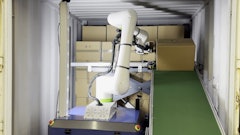
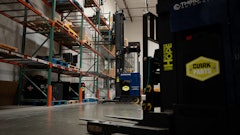



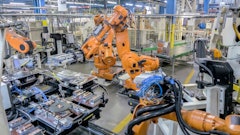

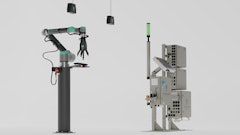


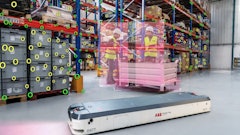



![Top Tech Logo Vertical [color]](https://img.sdcexec.com/files/base/acbm/scn/image/2023/12/top_tech_logo_Vertical__color_.656e286049642.png?auto=format%2Ccompress&fit=crop&h=135&q=70&w=240)
![2023 Top Software Color[vertical]](https://img.sdcexec.com/files/base/acbm/scn/image/2023/10/2023_TopSoftware_color_vertical_.653a8505cd258.png?auto=format%2Ccompress&bg=fff&fill-color=fff&fit=fill&h=135&pad=5&q=70&w=240)


![Top Tech Logo Vertical [black]](https://img.sdcexec.com/files/base/acbm/scn/image/2023/09/top_tech_logo_Vertical__black_.650b43c676e81.png?auto=format%2Ccompress&fit=crop&h=135&q=70&w=240)

